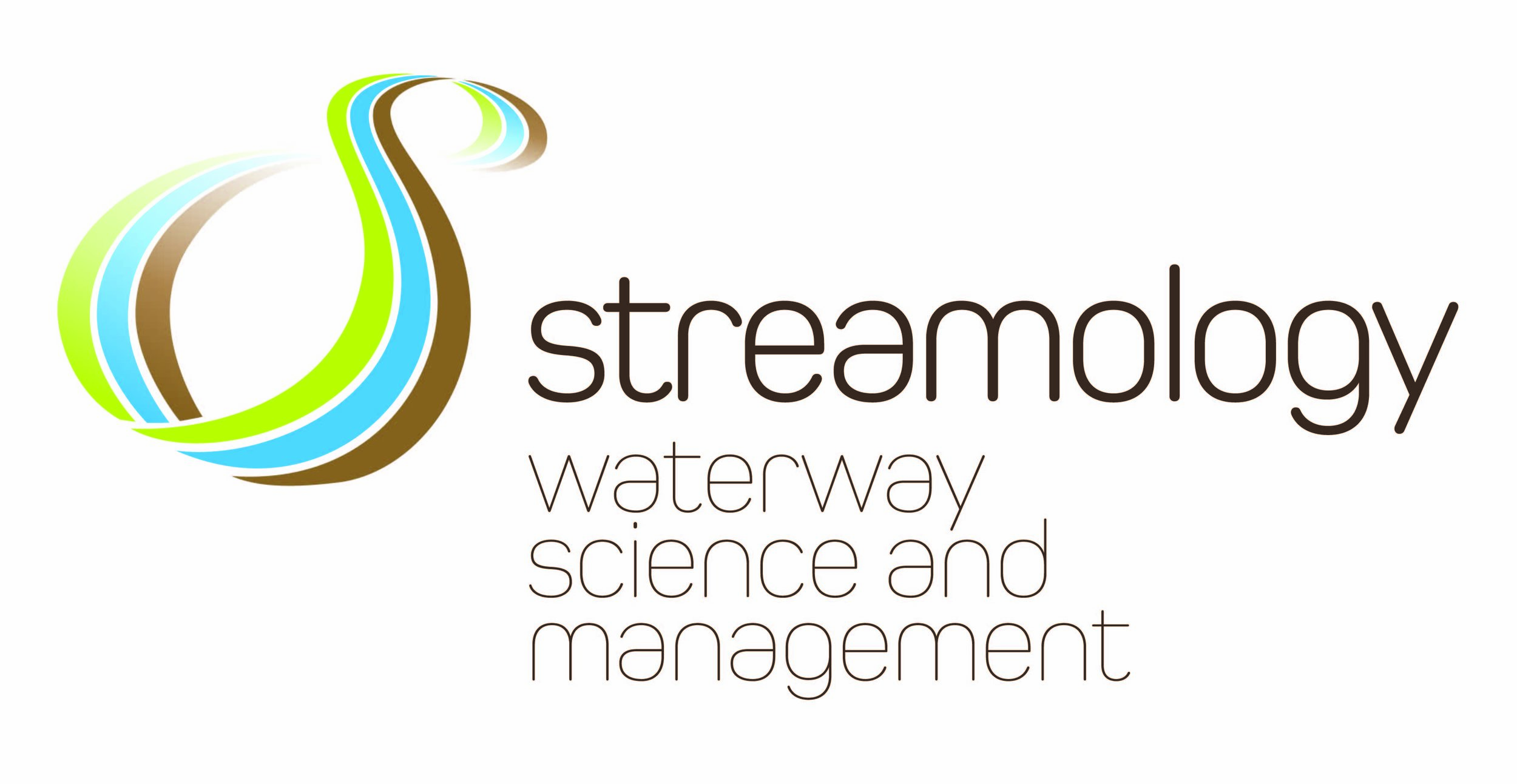Project Profile: Autumn feature
Image thanks to the Platypus Conservatory Website
Diamond Creek Habitat Improvement Project
The Healthy Waterways Strategy (HWS) lists platypus as one of nine key values for rivers within the Melbourne Water region, for their importance to the community and as proxy indicators for a range of other environmental and social values. The species faces threats from habitat loss, predation, climate change, urbanisation, litter, and low flows. In Diamond Creek, platypus are considered vulnerable due to low flows and sub-standard habitat and, as such, the HWS performance objectives within the catchment include:
Investigations into how threats to the physical habitat can be mitigated.
Identification of methods to maintain or improve flows.
As a specialist services provider to Melbourne Water, Streamology and Associates (along with the Australian Platypus Conservancy (APC) and Ecology Australia), have been engaged to identify opportunities to improve the instream and riparian habitat for platypus in Diamond Creek. The re-introduction of large wood has been highlighted as a priority. The objectives of the project were to:
Identify key habitat refuges across the reach, considering platypus habitat requirements, habitat condition, construction access, land tenure, flood risk and geographic spacing.
Recommend works to be undertaken to improve habitat for platypus (while also considering other aquatic dependent species) at key habitat refuges.
Undertake assessments to ensure risk of flooding from introducing wood or other habitat features into the waterway meets required guidelines and does not increase flood risk.
Provide concept plans for introducing wood or other artificial habitat features such as revegetation (aquatic/terrestrial), fencing or other works.
This work builds on the recent physical form conceptual models developed by Streamology - Field Measures for Assessing Physical Form within the Melbourne Water Region (Vietz et al. 2020) - these provide insights into all habitat types. The models (Figure 9) link the Healthy Waterways Strategy key values of platypus, macroinvertebrates, fish, and vegetation to indicators of physical form that are both measurable and sensitive to change. From these models we have identified multiple aspects of Diamond Creek physical habitat that we can seek to enhance or protect through habitat improvement works. These habitat metrics will be applied more broadly in the near future.
For this case study the primary goal of the project is to improve habitat in Diamond Creek for platypus, therefore many of the improvements are drawn from the platypus conceptual model. However, a broader focus on enhancing and protecting aquatic habitat is also appropriate, because what is good for fish, macroinvertebrates and vegetation is also generally good for platypus. In addition to drawing on the conceptual models, which focus on instream aspects of physical form, we have also included other aspects of habitat quality (e.g. riparian vegetation). The following targeted habitat improvements have been considered for Diamond Creek:
Increase volume of large woody debris.
Provide greater depth diversity.
Increase bed sediment size diversity.
Encourage greater instream vegetation cover.
Improve prey species abundance.
Provide backwaters.
Grow refuge pool size and persistence.
Improve riparian vegetation.
General habitat quality improvement.
The key intervention tools, and the habitat improvements we seek to achieve with them, are listed in Table 1 below. Large wood re-introduction is the most versatile tool as it addresses many of the desired habitat improvements (either directly or indirectly). However, it is valuable to combine the addition of wood with other tools, including instream vegetation planting, litter removal, and riparian vegetation improvement as these also affect habitat quality.
Table 1
The recommended interventions at the five sites are focused on using large wood to improve habitat, alter the hydraulics and manage erosion and deposition. The amount of large wood in a waterway is an important indicator of good platypus habitat, as it supports the animals’ foraging and sometimes provides shelter (Serena and Williams, 2010). Multiple studies by researchers at the APC have demonstrated a positive correlation between the amount of wood and abundance of platypus in creeks in the Yarra River catchment and Wimmera River. Re-introducing large wood is recommended as a means of protecting and enhancing platypus habitat:
‘…consideration should be given to augmenting the amount of in-stream woody habitat in the case of streams or small rivers where less than 20 logs or branches project on average above the surface in 100 metres of channel during normal base flow’ (Serena and Williams, 2010, p.37).
Field surveys conducted during this project and the precursor (see Ecology Australia, 2020) indicate that Diamond Creek contains less wood than studies indicate is optimal for good platypus habitat. Large wood is beneficial for more than just platypus, also supporting fish, algae and macroinvertebrates. In addition, wood helps instream vegetation establish, by taking advantage of lower flow velocities and sediment deposition resulting from altered hydraulics. We believe our good friend Ian Rutherfurd is still on point:


